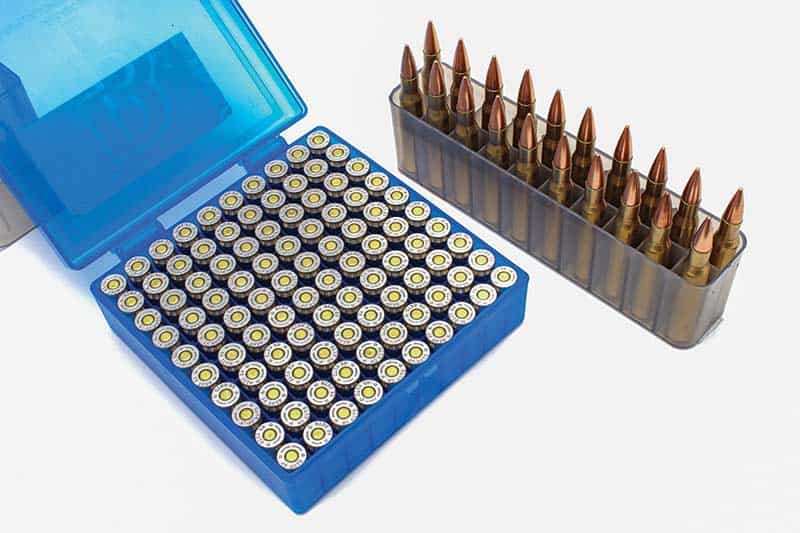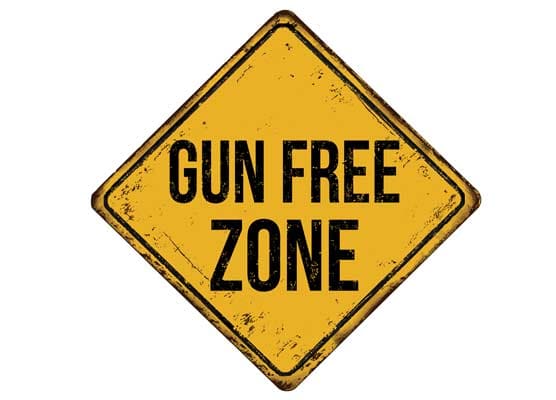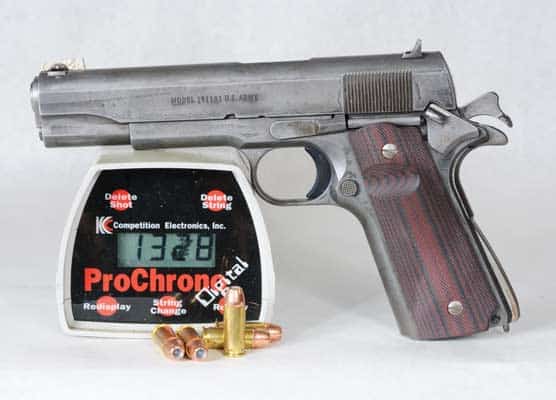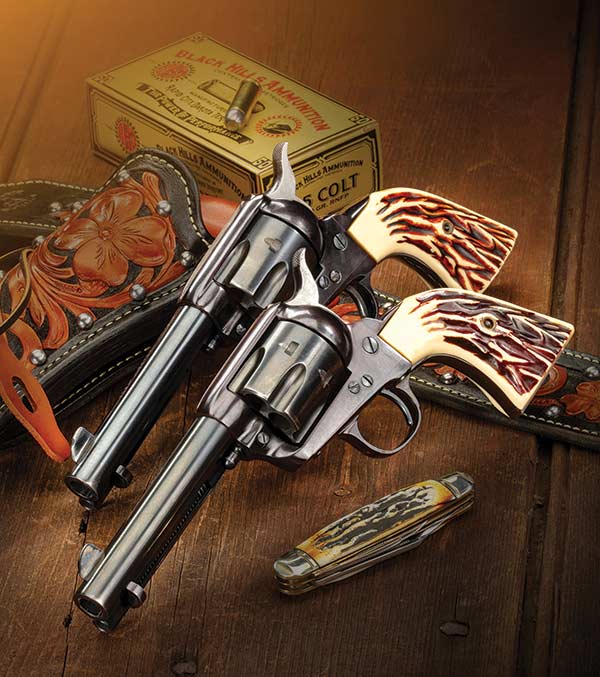Starting on a Progressive Press
It isn’t the Heresy You’d Imagine!
When teaching people a new skill set, I often use the phrase, “Let’s walk before you can run.” It’s always best to isolate topics and have students demonstrate their competency and understanding one piece at a time, building to the eventual destination.
For as long as I’ve been involved in the world of shooting sports, the long-standing wisdom has been to recommend a single-stage press to those interested in reloading. Since the press permits performing only one operation at a time, and doesn’t do anything automatically, there’s less of a chance that reloaders can get in over their heads.
While it’s certainly possible for the user of a single-stage press to seat bullets atop cases without powder, or to double-charge a round, it’s generally a lot harder for these outcomes to happen when a shooter is moving slowly and methodically. Going slow, one step at a time, forces “walking” rather than “running.” There’s wisdom to that.
All that said, I myself learned to reload on a progressive press and so far things have worked out fine. I, like a lot of reloaders, wince at thinking about how much time it would take me to load 100 rounds of handgun ammo on a single stage press when I consider how little time it takes me on a progressive press to accomplish the same task.
Thinking more critically about my own journey, however, I think there’s a way I could have done things to smooth the learning process.
One station, one job
On a progressive press, each pull of the handle can perform four or five separate operations — but only if it’s set up to do so. Instead of screwing in all four or five of the dies, one would require to produce a completed round. It’s possible to install only one at a time such that rounds-in-progress can be marched around the other “inert” stations until they spill into the collection tray, or simply retrieved after the job one wants has been done.
For example, installing only the resizing/de-priming die on a progressive press ensures the machine is doing only those two jobs. The user can isolate here, prepping the first couple hundred pieces of cleaned brass and seeing that each “trip” to this station results in a more uniform case with a hole where the spent primer used to be.
Once this is done, the user can install die two, adjusting the bell of the case with a few practice rounds until a bullet can just fit in the top. If need be, the die in station one can be completely removed! The key is to learn one step at a time what the die/press is actually doing to the components.
I would also suggest the new reloader wishing to learn the progressive press (though this also holds true on a single stage) try to first make a “dummy” round with no powder or primer. Before filling the powder measure and primer tubes, it’s immensely helpful to know the rounds the machine will come to produce are going to be within correct dimensional specifications and will chamber in their firearm. Dummies should be marked for easy identification.
Putting It All Together
As soon as beginning reloaders know what each station does and have verified their settings result in the desired output, they can screw all of the dies in and march one round through each station in order, weighing the charge after the powder drop and before bullet seating to verify they’re “in spec.” And, of course, they can incorporate the process of priming the cartridge on or off the press.
Once a single completed cartridge emerges at the end of various handle manipulations, the user can compare the dimensions of this round to the most current “dummy” they produced earlier. If it mics out identically, the user can expect they’re ready to go! It’s here the progressive can be run with cases in each station, with each pull performing several simultaneous operations — when the reloader feels comfortable enough to make the jump. But, they’re free to run their progressive like a single stage, with one die installed at a time, for as long as they wish.
I think the real danger with the progressive press is when a user is expecting the press to do everything for them with each pull of the handle and fails to individually consider each variable they must attend to. The problem with the “common sense” wisdom collectively supplied to beginners is, it doesn’t see the progressive press as a machine that can indeed allow those variables to be isolated.
Further, a single-stage press simply doesn’t accommodate the needs of all reloaders, especially those loading pistol calibers, who may want to produce cartridges faster than their single stage will ever allow. This usually happens quite early into their reloading careers!
In reality, a beginner can start off on a progressive press if they see the device for what it is — a machine performing a sequence of user-specified operations. The beginner who locks down each die/press setting and takes the time to learn what each station does will produce high-quality, safe ammo and be less likely to immediately outgrow the press they’re on once they learn what they’re doing.
So yes, the progressive makes it possible to “run” headfirst into the unfortunate possibility of quickly making out-of-spec, faulty, or dangerous ammo. But, if you know a high-volume shooter who hasn’t quite made the jump into reloading, you might consider suggesting the method above as a way to allow him or her to “walk” into the hobby on a press that works for them, both now and later.









